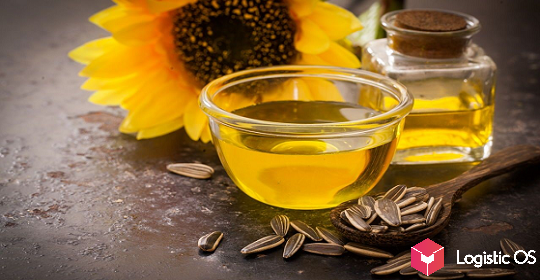In order to implement the presidential decree on increasing the volume of agricultural exports, Russia will have to significantly increase the export of expensive products, experts believe.
Today, Russia can enter the top 3 countries exporting agricultural products. This was recently stated by the Minister of Agriculture of the Russian Federation Oksana Lut.
However, such a record can only be set in deliveries in natural weight. Since 2018, they have grown from 78 million tons to 103 million tons.
But the cost of deliveries in monetary terms has not increased enough: from 25 billion dollars to 43.5 billion. Therefore, in this indicator, the Russian Federation is not in third, but only in 16th place.
To achieve the goals set by the president to increase the volume of agricultural exports by 1.5 times by 2030 to 55 billion dollars, it will be necessary to export about 122 million tons of agricultural products annually.
But this is practically impossible, noted Luth, since, according to the most optimistic plan, the volume of supplies in physical terms will grow by only 18% by 2030.
Accordingly, the only way to fulfill the presidential decree should be to increase the volume of supplies of more expensive products.
According to the minister, today more than 80% of the structure of Russian agricultural exports falls on just 3 items: grain, which makes up 65%, fish and oilseeds. Given the existing ambitious goals, this structure will probably have to be revised.
The first group of promising goods for export are those crops that are more expensive than grain. For example, these are legumes, such as soybeans, as well as many types of forage crops.
For example, succulent varieties of feed are significantly more expensive than wheat, so there are reasons to develop this export.
In addition, the export of vegetables and fruits may be interesting from the point of view of prices. Currently, it is already developing, but there are very big opportunities for growth here.
The second group is, of course, the export of processed products.
For example, this is flour, cereals, sugar, meat, as well as dairy products and confectionery. They are significantly more expensive than raw materials, and in addition, they create new jobs in the country.
Finally, the third group is high-tech products, for example, seeds. The Minister admitted that at the moment we are far from being leaders in this area and are only just trying to master import substitution.
However, while developing our own production to cover domestic needs, it is still worth looking at foreign markets in parallel. Then, when our own needs are covered, we can almost immediately begin exporting.
By the way, Russian Prime Minister Mikhail Mishustin recalled that this is exactly what happened with grain exports: at first, Russia was its importer, and now it has become a major exporter.

